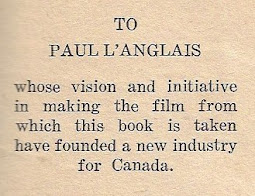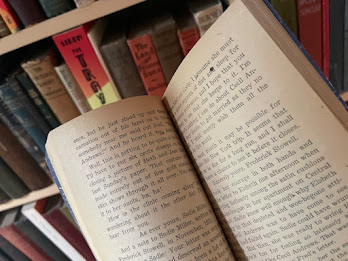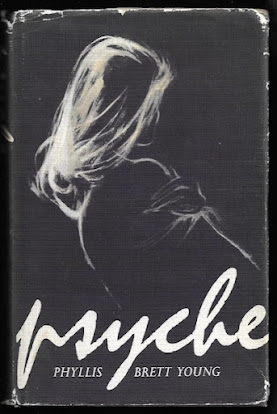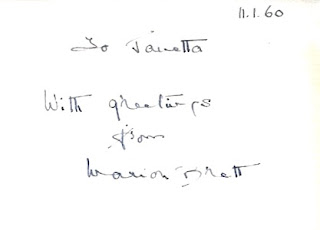Whispering City
Horace Brown
Pickering, ON: Global Publishing, 1947
190 pages
Whispering City may be Canada's very first film noir. This 75-year-old paperback may be the very first novelization of a Canadian film. The heroine of both is Mary Roberts, a young crime reporter with Quebec City newspaper l'Information. Mary is preparing to leave work one day when she receives a call that a woman has been hit by a truck. The accident victim, faded vidette Renée Brancourt, was once a big deal in Quebec until her lover, Robert Marchand, plunged over Montmorency Falls. The struggle to accept his death led Renée to be institutionalized. In recent years, she'd been living in a squalid flat on rue Sous-le-Cap in Quebec's Lower Town.
 |
| La rue Sous-le-Cap. Quebec City, 1947 |
Renée has held firm to her belief that Robert's death was no accident. She tells Mary as much from her Hôtel-Dieu hospital bed, pointing an accusing finger at Albert Frédéric.
Surely not! The man is not only the most respected lawyer in Quebec, he's a patron of the arts!
Frédéric is currently supporting talented Michel Lacoste, whose Quebec Concerto will soon be making its debut at the Palais Montcalm. Unfortunately, the composer's work on final revisions s stymied by Blanche, his shrew of a wife. Just you try working on your concerto with big band music blaring in the background. Can't be done.
Michel breaks her 78. She slaps him. He storms out, ties one on, and shows up in the wee hours at Frédéric's palatial home. It isn't long before Michel passes out. When he does, Frédéric dons the composer's overcoat and sneaks off to the Lacoste flat. His intent is to murder Blanche, just as he had Robert Marchand all those years earlier, but he arrives to find she's committed suicide. A note is pinned to her pillow, which Frédéric quickly pockets.
The following morning, Frédéric convinces a hungover and confused Michel that he killed his wife in a fit of rage. The lawyer then offers the composer a deal: Frédéric will work to save Michel from the hangman if he kills Mary Roberts. The reporter's investigation of the old Marchand murder is getting too close to the truth.
The story and screenplay are straight out of Hollywood – Americans George Zuckerman and Michael Lennox wrote the former; Americans Rian James and Leonard Lee wrote the latter – but adapt well to Quebec City.
Brown sticks close to the script, though there are departures. He improves on the dialogue and wisely does away with the talkative sleigh driver who introduces the film. Brown gives Mary Roberts a backstory as an American who had begun her career writing for a New York tabloid. In one memorable scene not featured in the film, Mary and Frédéric discuss Canadian painters. If anything, Brown depicts the lawyer as a more sinister figure – clearly a psychopath – making the book all the more dark.
Whispering City is far from a great film – its current 6.2 rating on IMDb seems fair – though I must say it gets better with each viewing. See for yourself; the film is now in the public domain. Of the muddy prints available on YouTube, this appears to be the best:
Sadly, Brown's novelization is nowhere near so accessible. This is a shame because his Whispering City improves on the film. It's easily the best Horace Brown novel I've read.
I wouldn't be surprised that it gets better with each reading.
Dedication:
Paul L'Anglais was the producer of Whispering City and its French-language version La Forteresse.
Fun fact: In 1952, the film Whispering City was rereleased under the title Crime City. Seems a bit unfair to Quebec, especially when one considers that there's only one criminal.
Object: A mass market paperback bound in thin glossy covers. Whispering City is one of a very few books published by Brown's Global Publishing Company. Curiously, the spine features the name of its distributor, Streamline Books. I purchased my copy a year ago from a Burlington, Ontario bookseller. Price: US$89.95.
The novel is preceded by an enthusiastic foreword by the author followed by a "CAMERA-QUIZZ" in which readers are challenged to place twelve stills from the film in the correct order.
Don't mean to brag, but I had no trouble.
Access: The University of Calgary has a copy.


































